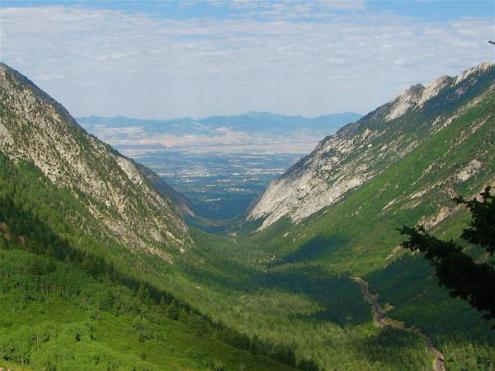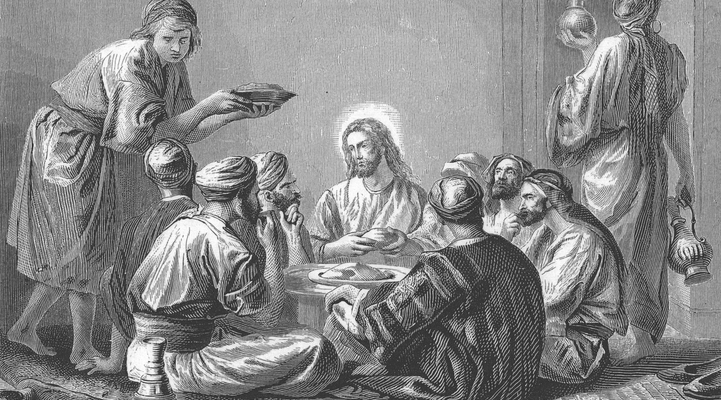I grew up in Sandy, Utah (named for its sandy soil), at the southern end of the Salt Lake valley. My family on my mother’s side has lived in Sandy going back six generations. The town prospered in the beet farming industry, and also supported the local miners, who ored silver, zinc, and other minerals from the nearby Wasatch mountains.
My second great grandfather owned a dairy farm on the bench of the Wasatch mountain range. His sons, including my first great grandfather, Orren, would lead the cows up into the mouth of Little Cottonwood Canyon every day for grazing.
I discovered nature in the same canyon, exploring trails and streams every chance I got. There is something powerful that comes from being associated with a particular landscape for multiple generations. Space, and the memories associated with it, transcends time, and has the ability to create a living history like a journal that can be trodden and breathed.
I grew up listening to tales that reinforced the nostalgia of the valley, like that of my mom and her brothers riding their bikes up 94th to Bell Canyon Reservoir. There was no need to bring a towell, since by the time they raced their bikes down the two-mile hill, their backs would be bone dry. I cannot describe the feeling that swelled inside me as a 14-year-old boy, when I experienced the same phenomenon, on the very same hill after swimming in the very same reservoir, an entire generation later. 
Little Cottonwood Canyon has become a physical part of the Mormon Church’s history as well. The granite stone cut out of that mountain was hauled by cart 12 miles north to Salt Lake City, as material for the Salt Lake Temple. You can still hike the quarry trail and observe the scattered granite boulders, stark lines running through their open faces where quarry workers split the rock.
After my first year at BYU, I returned to Sandy for the summer to work for my Uncle Todd, and from time to time, I would make my way up the canyons. On one occasion, while hiking Catherine’s Pass (at the upper end of the canyon), I happened upon a pile of cleaved granite, with those familiar lines running through the fragments. Certain that these were relics of the temple quarry, I did not hesitate to grab a 20lb rock as a memento of my Sandy-Mormon heritage.
Half way back down the trail, I crossed paths with an older man with his two young grandsons. I did my best to hide my rock, as if I were absconding with an ancient artifact, but the man noticed my straining arms and asked me what I had found. I nonchalantly showed him the rock, and began to tell him about my exciting discovery. But before I could finish, the man erupted with a disheartening laugh. He explained that he was a geology professor at BYU, and he took his students up this trail each semester to core samples from the loose granite. My rock was not a Mormon relic, but a byproduct of a freshman geology experiment.
I can’t recall how we finished our conversation, but I remember hurling that rock with contempt into the brush beyond the trail as soon as I was out of sight from the esteemed professor, whose laughs still echoed through the canyon. I suspect that man used our encounter as fodder for comic relief in his classroom for the semesters that followed.
Eleven years have passed since I had that experience. The event has taken on its own significance for me as I reflect on the feelings that a simple rock aroused in me. If I had not crossed paths with the old professor, that impostor rock would be sitting on my mantle today, inspiring all who looked upon it.
While I have ventured away from my Sandy home, I still return from time to time to walk and breathe my dairy-farming, beet-topping, hammer-swinging heritage. The soil may be sandy, but the foundations are as firm as ever.
I wish I had kept that rock.
JN

